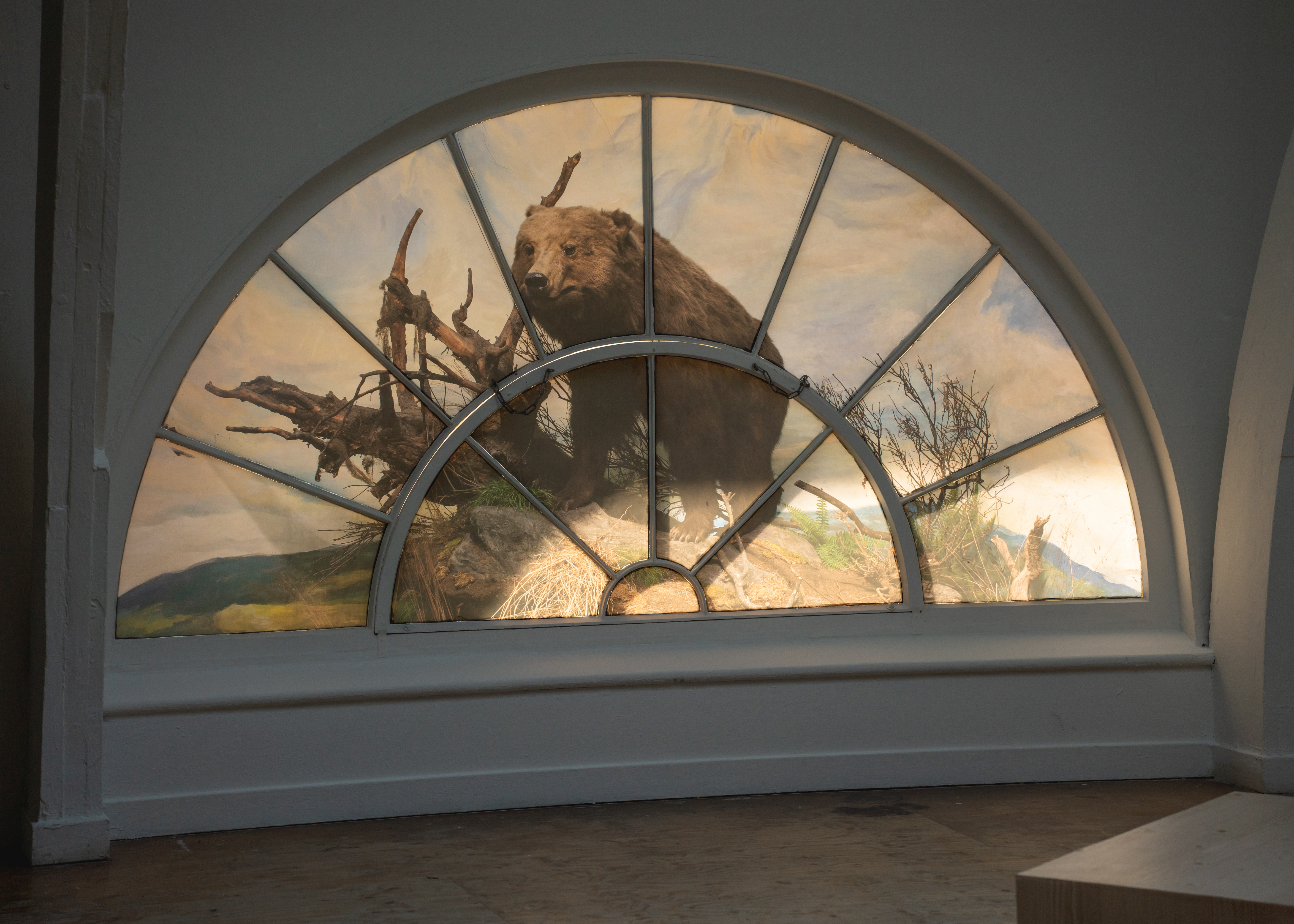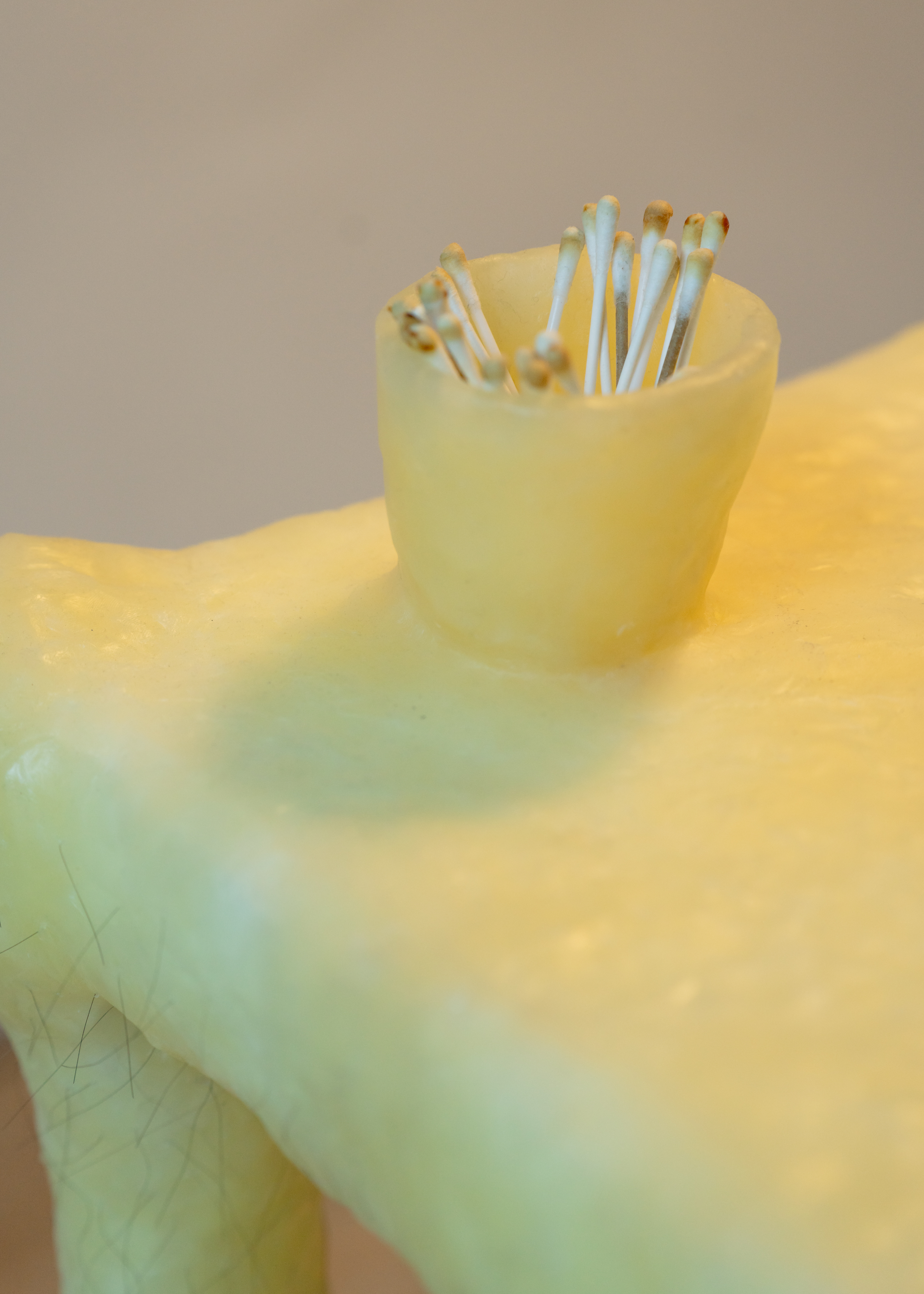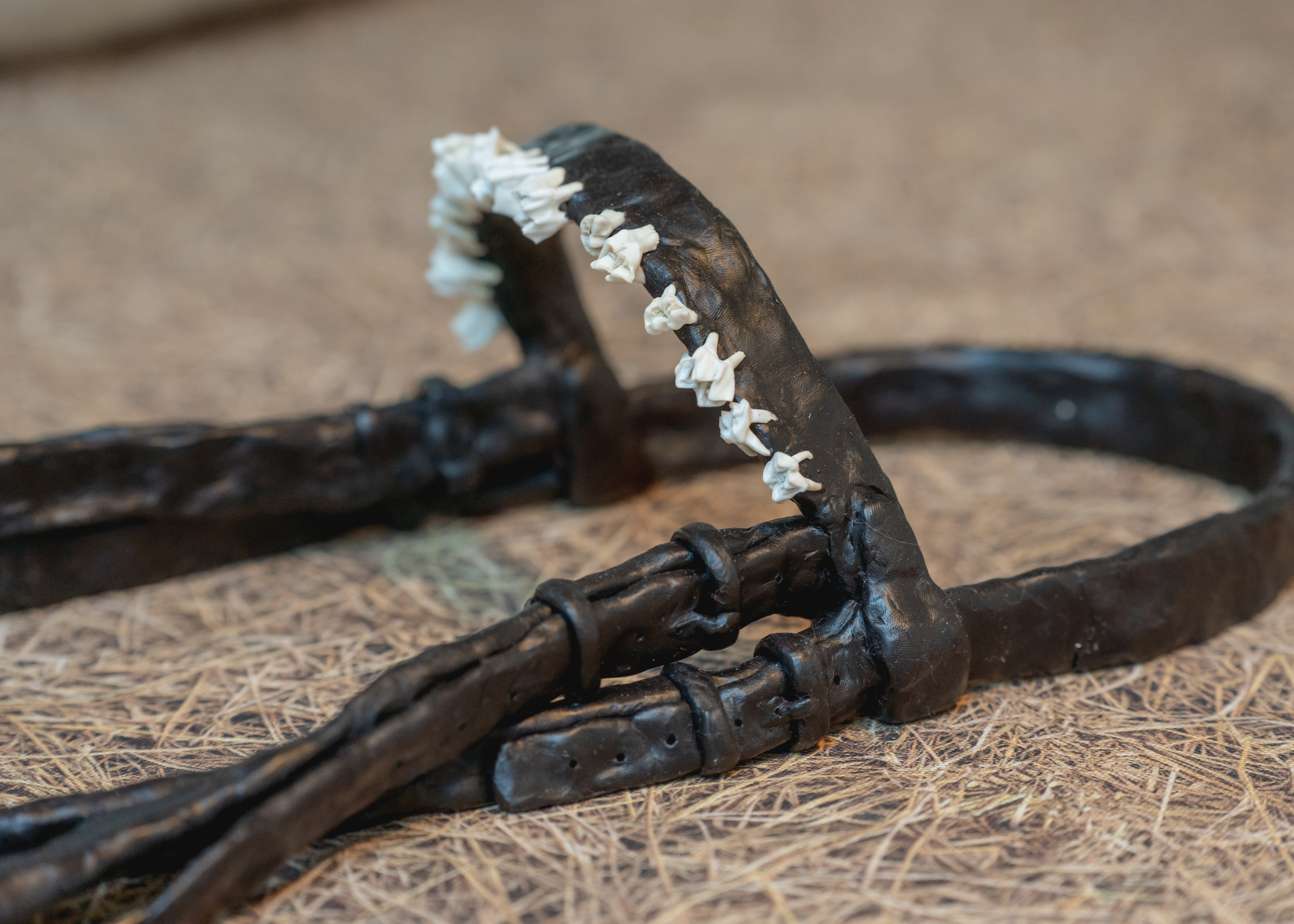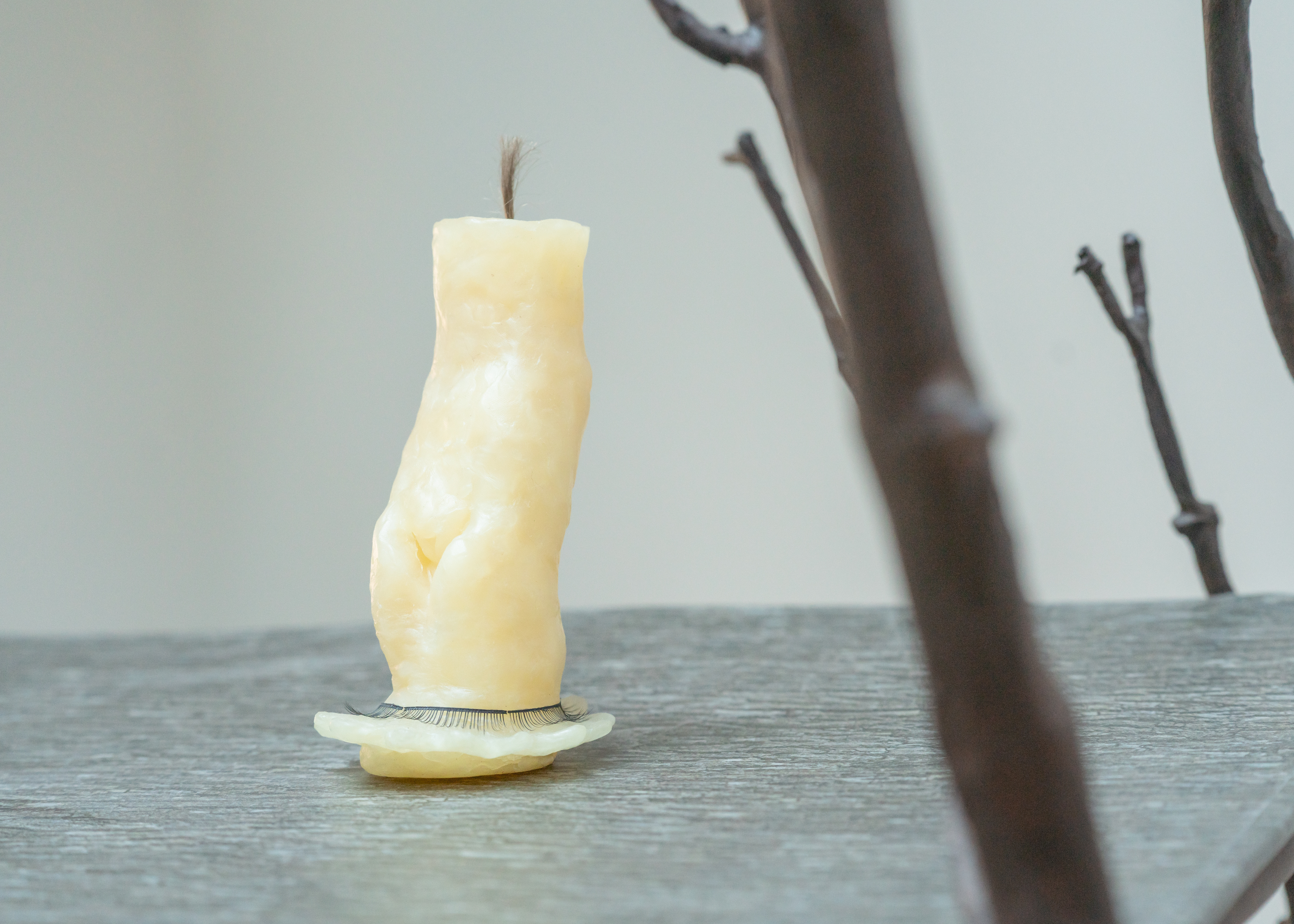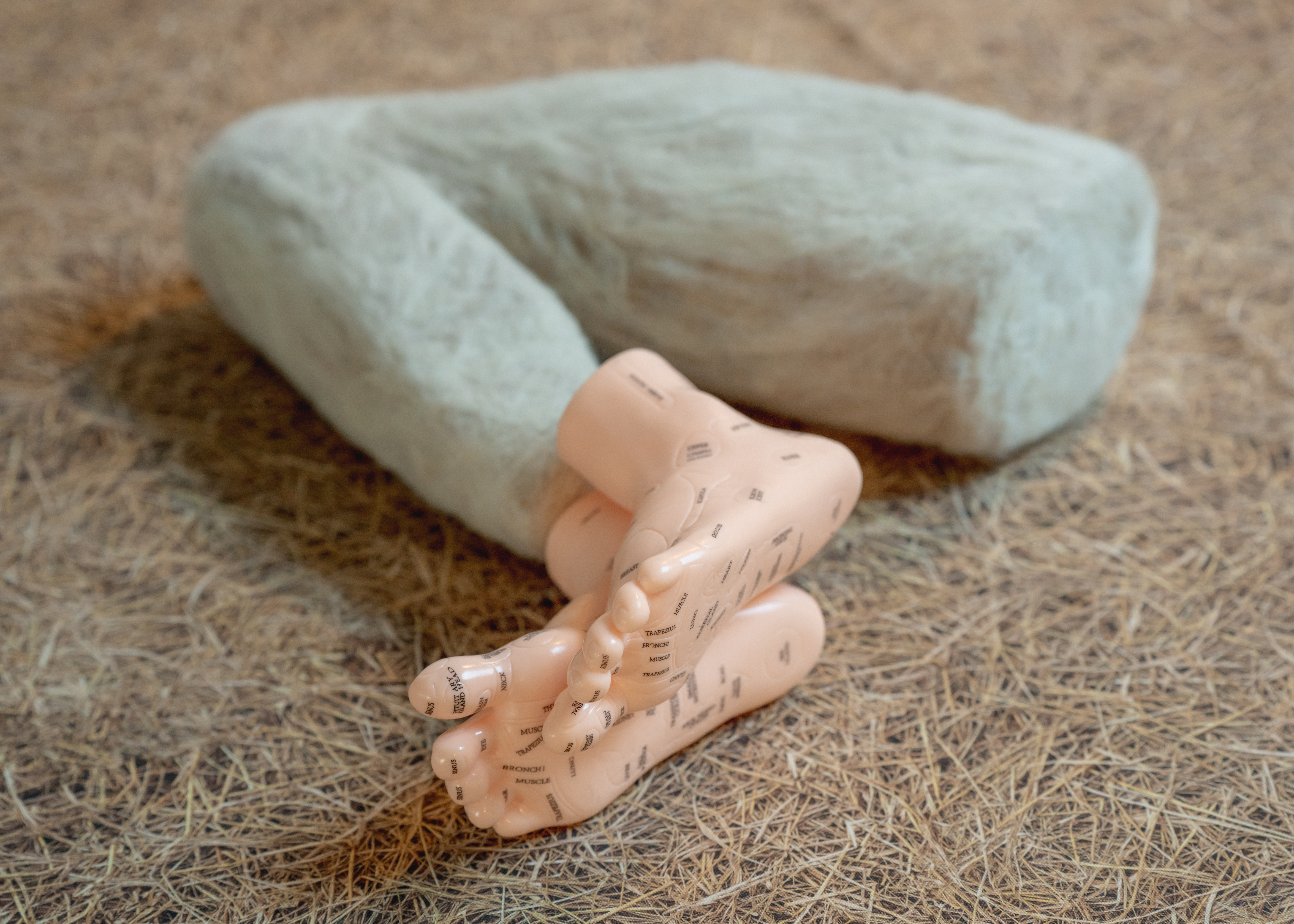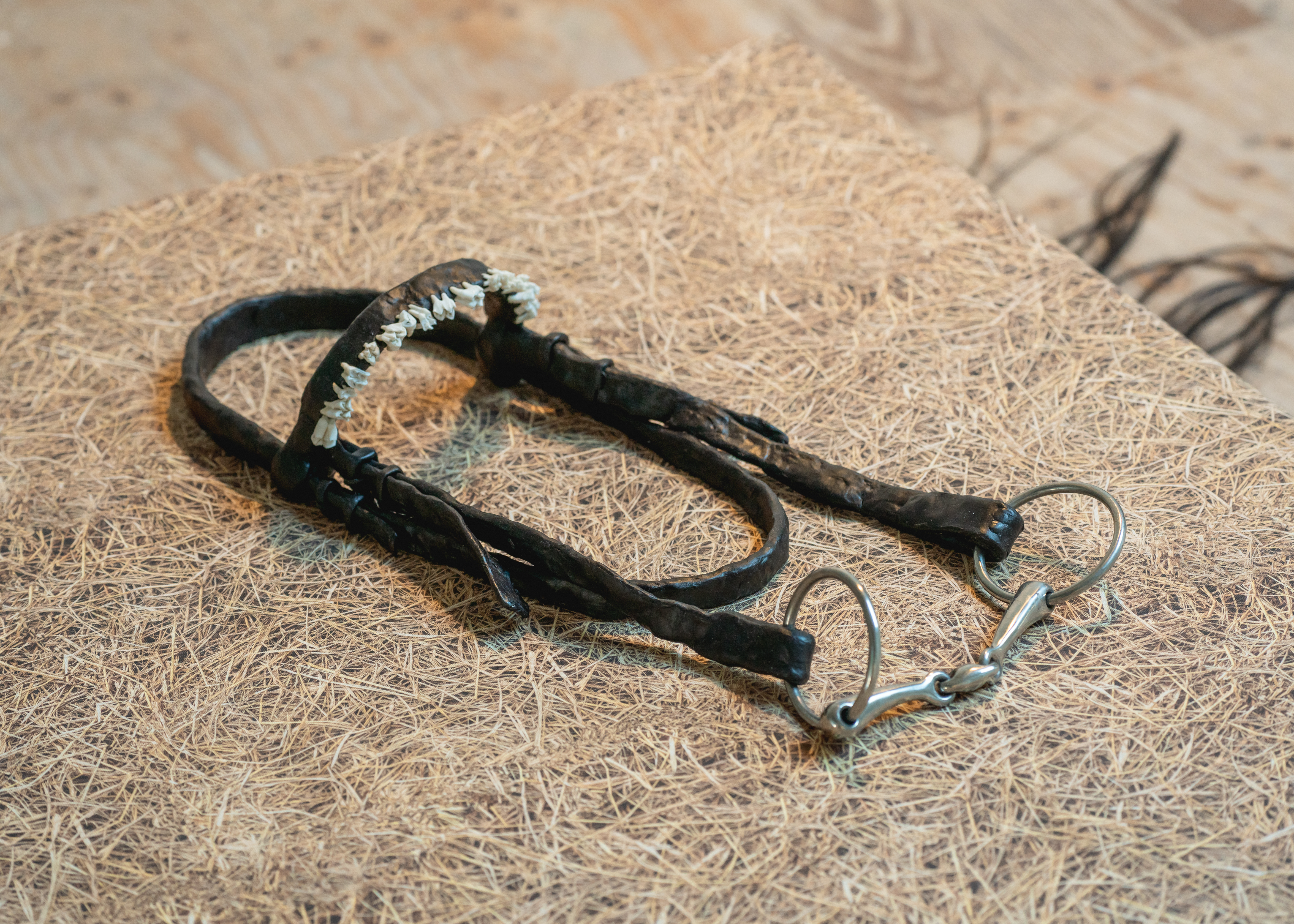Wet Nursing, 2024
P. Rozin elaborated what he called the “animal reminder” theory, "which posits that disgust is a way to strenuously ignore the mountain of evidence that humans are, in fact, mammals who eat, excrete, bleed, rot and die just like every other mammal.”
Emerging from this space is an imagination, of if humans were objects, and animals were humans, and objects were animals. Reflecting on nature as a human commodity. An ode to hierarchical structures merging. An ode to the disgusting, the animal.
Photographed by Ira Grünberger.
Wet nursing is the breastfeeding of a baby by somebody other than their biological mother.
Animals have historically been used as wet nurses especially in the 16th-19th centuries in Europe. This was before pasteurization (heating of liquid to kill microbes) and before the vulcanization (hardening process) of rubber, which led to the production of sterilized rubber nipples for bottles.
Human wet nurses were not always an option as they were expensive, and in the era of syphilis it was a great risk. Thus animals were used to breastfeed babies, commonly goats.
(Karin Brulliard, “Why goats used to breastfeed human babies”, The Washington Post (2016)).
“The practice of humans feeding animals has been documented historically and is still practiced in some cultures today. As early as the ancient Romans and Persians, women throughout the world were encouraged to breastfeed animals in order to relieve engorged breasts, prevent pregnancy, encourage lactation and strengthen nipples. Historical examples of women nursing animals can be found nearly everywhere globally. Nursing animals was most commonly done by women for the affectionate care of their family pets.
In other cases the motivation for this practice was economic, for example to saving an animal that would otherwise die, which could be eaten or be useful to the family economy.”
(@formafantasma, “Human-animal breastfeeding”, Formafantasma, Oltre Terra | NAM Nasjonalmuseet, Oslo NO, 2023)

